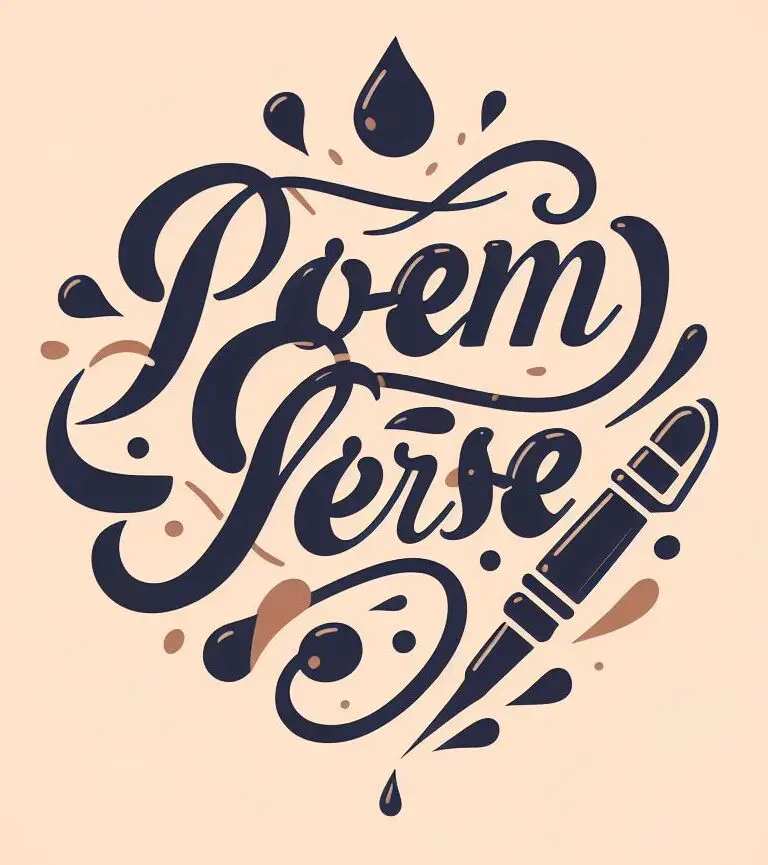Exploring Death in Seamus Heaney's Poems: A Profound Reflection on Mortality
Poetry has long been a medium through which writers contemplate life's most profound questions. Seamus Heaney, one of the world's most celebrated poets, delves into the complex and inevitable subject of death with unparalleled beauty and introspection. His verses not only explore the emotional and philosophical aspects of mortality but also offer solace and understanding to readers grappling with their own mortality. In this article, we will delve into some of Heaney's poignant poems that eloquently capture the essence of death.
1. "Mid-Term Break"
One of Heaney's most famous poems, "Mid-Term Break," recounts the experience of returning home for a family funeral. Through vivid imagery and stark emotional honesty, Heaney captures the raw grief and confusion that accompanies the loss of a loved one. The poem begins with the line, "I sat all morning in the college sick bay, counting bells knelling classes to a close." Here, Heaney uses the word "knelling" to emphasize the solemnity and funereal atmosphere. His choice of words sets the tone for the rest of the poem, which explores the impact of death on a young boy's life.
2. "The Tollund Man"
In "The Tollund Man," Heaney delves into the theme of death by exploring the preserved body of an Iron Age man found in a Danish bog. The poem examines the concept of sacrifice and the preservation of ancient remains. Heaney writes, "I could risk blasphemy, Consecrate the cauldron bog. Our holy ground and pray him to make germinate." Here, Heaney's use of the word "blasphemy" challenges religious norms while drawing attention to the unique reverence for the dead. The poem delves into the mysterious connection between past and present, life and death, leaving readers contemplating their own place in the grand tapestry of existence.
3. "Clearances"
"Clearances" is a series of sonnets in which Heaney reflects on the death of his mother. The poems explore the intricate web of emotions that arise when losing a parent, including grief, guilt, and an overwhelming sense of responsibility. In one of the sonnets, Heaney writes, "So while the parish priest at her bedside / Went hammer and tongs at the prayers for the dying." This line highlights the clash between the rituals of religion and the personal connection to the dying loved one. Through these sonnets, Heaney invites readers to confront their own feelings of loss and the complexities that arise within the realm of death.
4. "The Underground"
"The Underground" is a haunting poem that contemplates the finality of death and the existence beyond. Heaney explores the contrast between the tangible world of the living and the intangible realm of the deceased. He writes, "We have no prairies / To slice a big sun at evening." This imagery captures the absence of life's vibrant beauty once death separates us from the world. Heaney challenges readers to ponder the mysteries of the afterlife and the impact it has on our perception of death.
Seamus Heaney's poems about death offer profound insights into the human experience of mortality. Through his masterful use of language and imagery, Heaney invites readers to confront their own fears and emotions surrounding death. Whether exploring personal loss, ancient sacrifices, or the mysteries of the afterlife, his poems provide solace and understanding. Heaney's poetry reminds us that death is not simply an end, but a part of the complex fabric of life that deserves our contemplation and respect.

Entradas Relacionadas